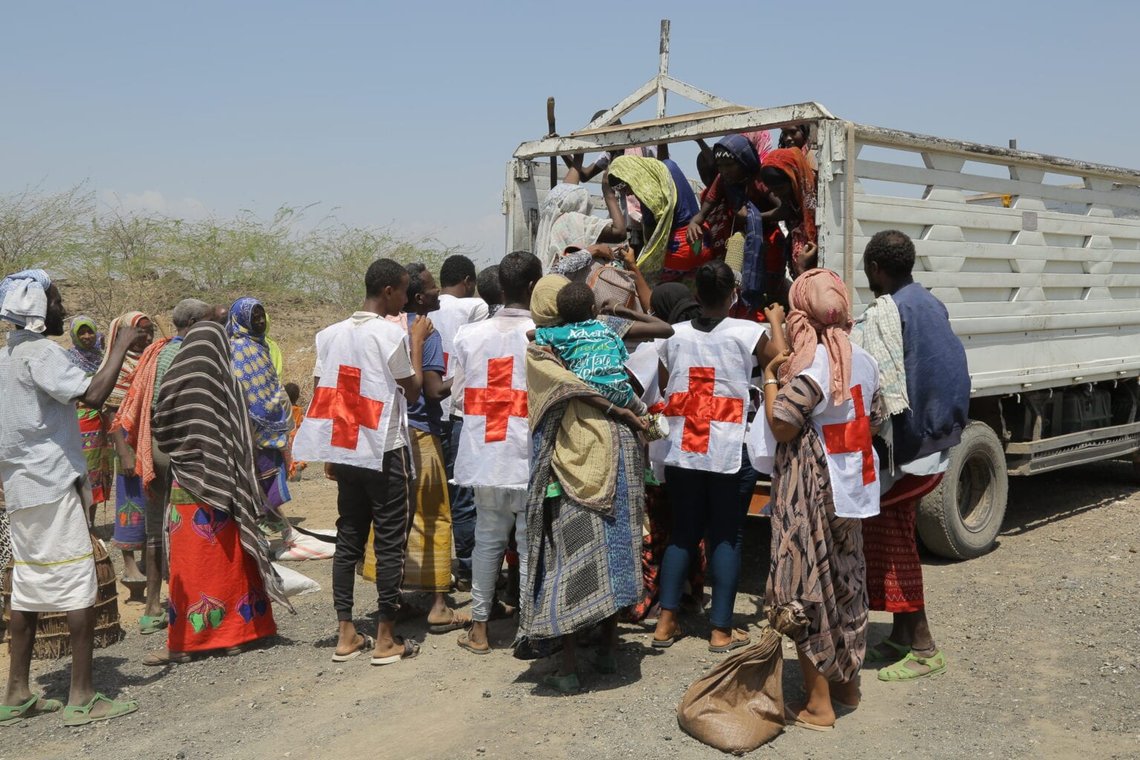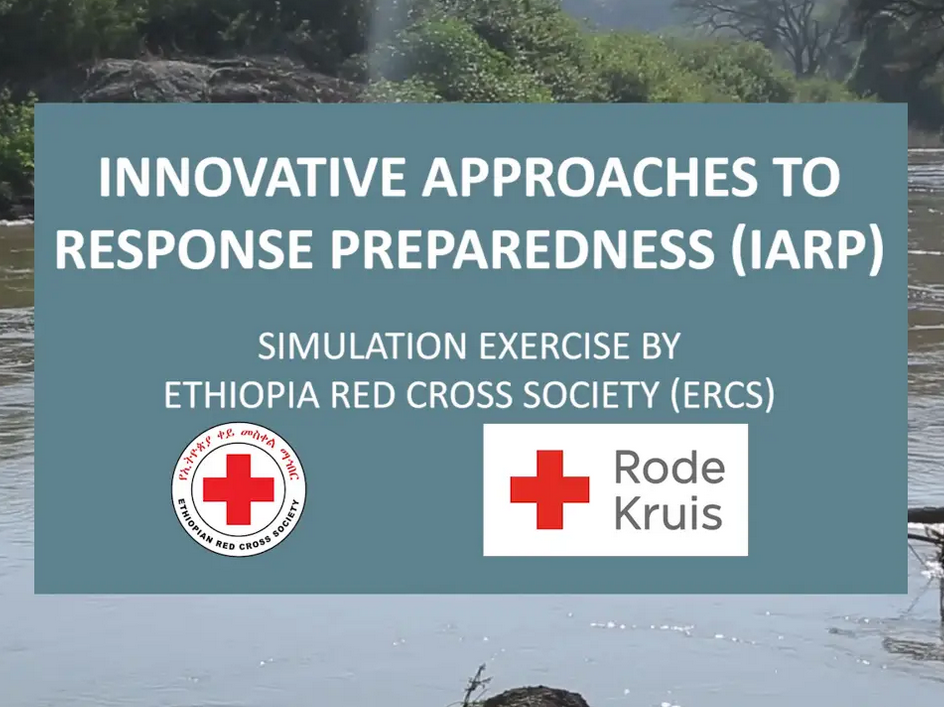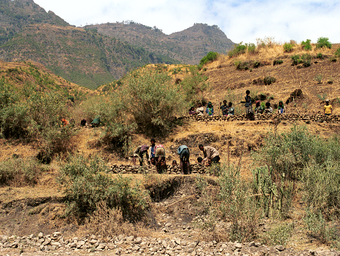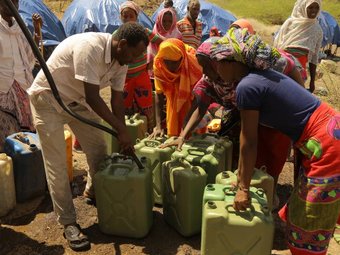Practice makes perfect: planning for floods in Ethiopia
(This story was first published by IKEA Foundation here.)
Within less than a year, flooding in Ethiopia has affected over half a million people. And since July 2020, at least 300,000 people have been displaced. Although there is no quick fix to end the heavy rainfalls, something can be done to reduce their impacts on communities: developing a solid plan.
The Ethiopian Red Cross, together with its partners, has developed an Early Action Protocol for floods to help communities in Ethiopia save lives and prevent suffering.
This gives the Red Cross and its partners time to warn communities and take action to prevent or reduce the impacts of a looming disaster.
Life-saving decisions
The Ethiopian Red Cross is working with government agencies, the Red Cross Red Crescent Climate Centre and the 510 global data initiative to monitor weather forecasts and analyse their potential impact on vulnerable communities.
Equipped with data, the Red Cross can now make informed decisions about early actions needed, such as the evacuation of people and livestock at risk. They can also come up with sound plans for clearing drainages, reinforcing riverbanks, getting clean water to people and distributing cash or vouchers.

Flood simulation
To test the Early Action Protocol, the Ethiopian Red Cross and its partners carried out a flood simulation in March 2021. Simulations are crucial to make sure communication between all the different partners flows well and see whether the early actions set out in the protocol can make a difference to people’s lives and livelihoods.
The simulation produced some useful insights:
- When lead times are short, a combination of cash and in-kind support could help communities choose the early actions most relevant to them.
- With a well-organised team and logistics in place, the Early Action Protocol can be implemented within a seven-day lead time.
- Involving local government leaders as well as traditional and community leaders in the simulation increases communities’ trust.
- Simulations are not only useful for testing assumptions, but also for encouraging partners to take action before a flood happens.
IKEA Foundation support
Although it was just a simulation, the activities contributed to a reduction of real flood risk in the area through strengthening weak riverbanks, awareness-raising, and building relationships between organisations and local communities.
This activity was part of the Netherlands Red Cross Innovative Approaches to Response Preparedness programme (IARP).
Supported by the IKEA Foundation with a grant of over €10 million, IARP is a Forecast-based Financing programme in Ethiopia, Uganda and Kenya. The project began in January 2018 and will run until the end of 2022.
Play Video




